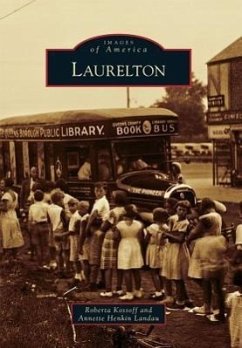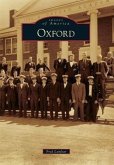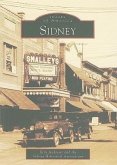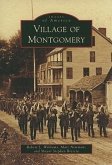When the 13 colonies declared their independence from the British, the area of Queens that eventually became Laurelton consisted of woodlands, ponds, and farms. This rural community gained some recognition when an attempt to build an upscale housing development for wealthy New Yorkers failed, but left in its place an elegant, new Long Island Railroad Station named "Laurelton." In 1929, the stock market crash and Depression led New Yorkers to the discovery that home ownership was a thrifty alternative to renting. As Laurelton was a beautiful and safe area, real estate boomed. The neighborhood experienced a momentous ethnic change in the 1970s, and within 20 years 80 percent of Laurelton's population was Afircan American and Caribbean middle-class professionals. Laurelton is in the eighth-wealthiest council district in New York City, and its reputation for beauty and community involvement continues.








